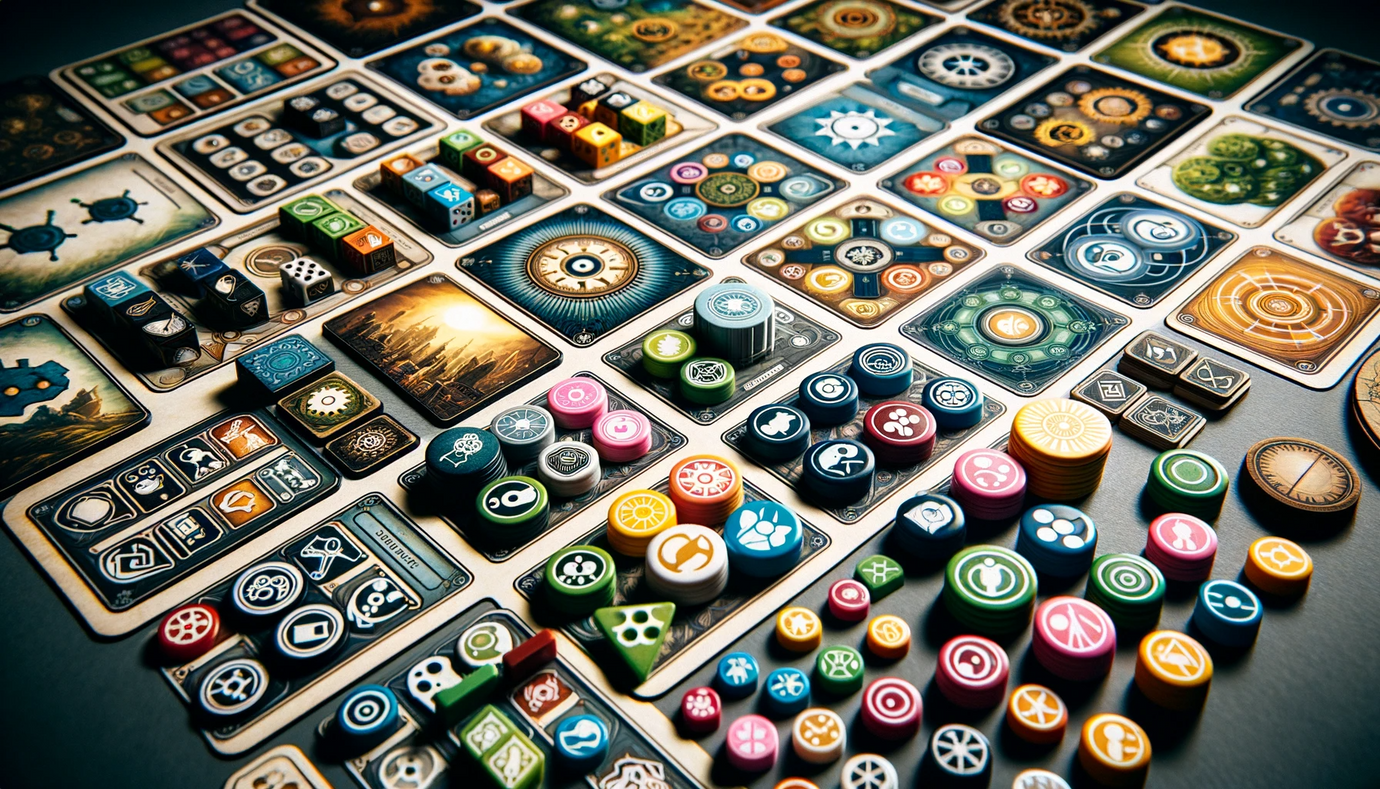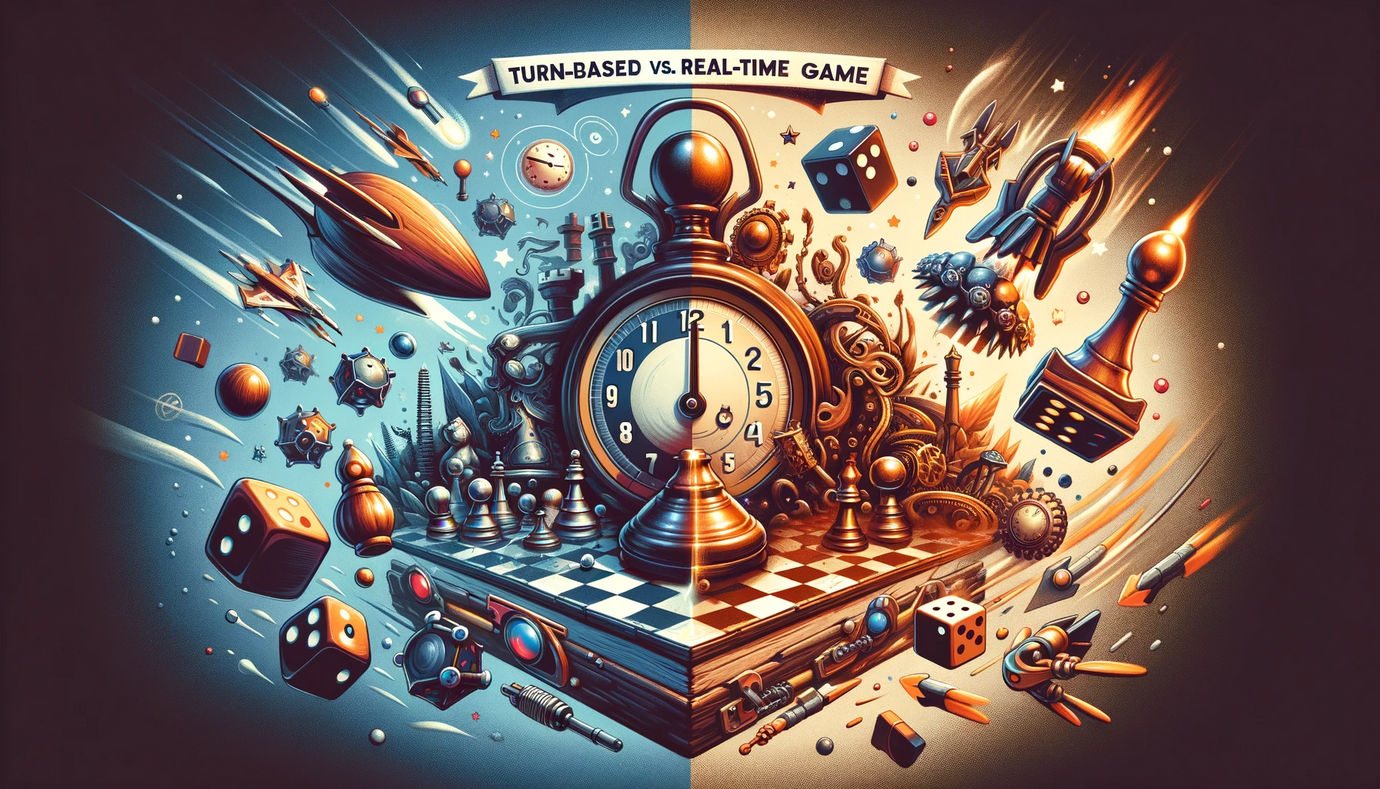Building Challenging yet Achievable Game Objectives

Introduction
Designing objectives in board and card games is a critical task that sets the tone for the entire gaming experience. Objectives guide players by providing clear goals to strive for, creating a sense of purpose and direction. This blog post will explore the art of crafting objectives that are both challenging and achievable, ensuring they contribute to an engaging and satisfying gameplay experience.
Understanding the Role of Objectives in Games
Game objectives are the backbone of the gaming experience. They provide players with goals to aim for and shape the strategies they adopt. Well-designed objectives keep players motivated and engaged, offering a clear path to victory while challenging their skills and decision-making abilities.
1. Define Clear and Concise Objectives
Clarity in Goals: Objectives should be straightforward and easy to understand. Players should know what they need to do right from the start.
Simplicity: While objectives can be complex in nature, their articulation should be simple. Avoid overly complicated descriptions that might confuse players.
2. Aligning Objectives with Game Theme and Mechanics
Thematic Consistency: Ensure that your objectives align with the game’s theme. In a detective-themed game, for example, objectives might involve solving a mystery or finding clues.
Integration with Mechanics: Objectives should naturally emerge from the game's mechanics. They should feel like a cohesive part of the gameplay, not something tacked on.
3. Creating a Sense of Challenge
Balancing Difficulty: Objectives should be challenging enough to be engaging but not so difficult that they become frustrating.
Progressive Complexity: Consider having objectives that increase in complexity as the game progresses. This keeps the game interesting and prevents it from becoming too predictable.
4. Offering Multiple Pathways to Success
Varied Strategies: Provide multiple strategies for achieving objectives. This not only caters to different play styles but also enhances the game's replayability.
Adaptive Objectives: Consider objectives that can change or evolve based on players’ actions or game events. This adds dynamism to the game.
5. Testing and Balancing Objectives
Playtesting: Test your objectives with a diverse group of players. Observe if the objectives are clear, achievable, and engaging.
Feedback and Iteration: Use feedback from playtesting to refine your objectives. Are they too easy, too hard, or just right? Adjust as necessary.
6. The Role of Rewards and Incentives
Rewarding Achievements: Provide rewards or incentives for achieving objectives. This could be in the form of points, resources, or strategic advantages.
Balancing Rewards: Ensure that the rewards are balanced and proportional to the difficulty of the objectives.
7. Integrating Objectives into the Narrative
Story-driven Objectives: If your game has a narrative, integrate the objectives into the story. This enhances immersion and makes the objectives feel more meaningful.
Character-Driven Goals: In games with characters, align objectives with character roles or backstories. This adds depth to both the characters and the objectives.
8. Encouraging Strategic Planning and Adaptability
Strategic Depth: Design objectives that encourage players to think strategically, plan ahead, and make meaningful choices.
Flexibility: Allow room for players to adapt their strategies and objectives based on game dynamics and other players’ actions.
9. Considering Player Experience and Skill Levels
Adjusting for Skill Levels: Be mindful of different player skill levels. Consider having adjustable difficulty levels or alternative objectives for less experienced players.
Fair Play: Ensure that all players have a fair chance of achieving the objectives, regardless of their position in the game.
10. Finalizing and Polishing Objectives
Review and Refinement: After thorough testing and balancing, finalize your objectives. Make sure they are well-integrated with the game’s mechanics and theme.
Clear Documentation: Clearly document the objectives in the game rules or guide. Players should have no ambiguity about what they need to achieve.
Crafting challenging yet achievable objectives is a key component of game design that can significantly impact the player experience. By creating clear, thematic, and engaging goals, you provide players with a roadmap to success and a sense of accomplishment. Remember, well-designed objectives not only guide players but also enhance the strategic depth and enjoyment of your game.








